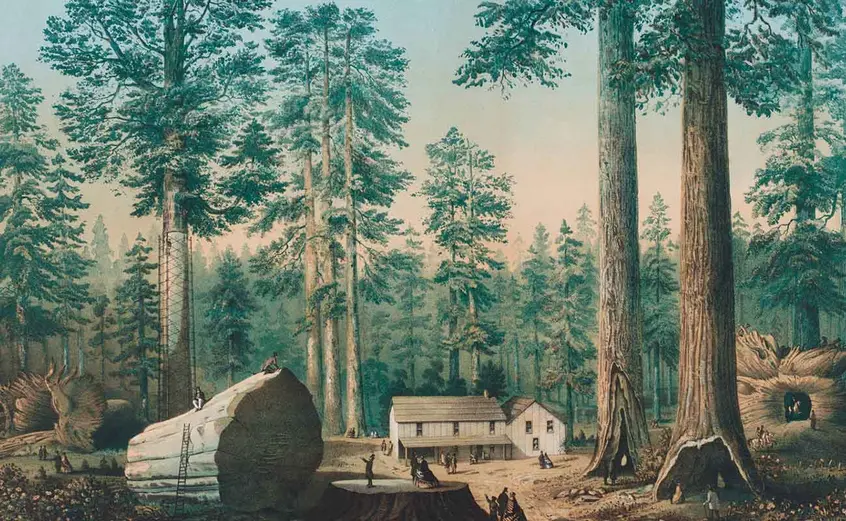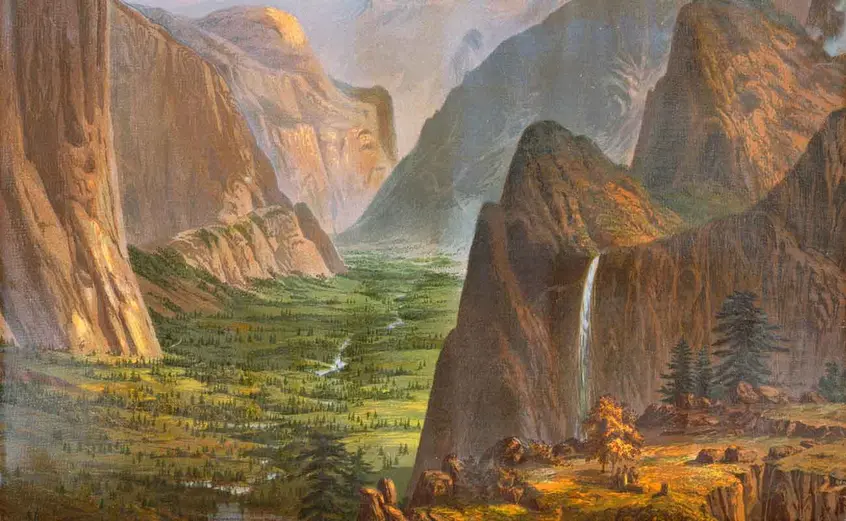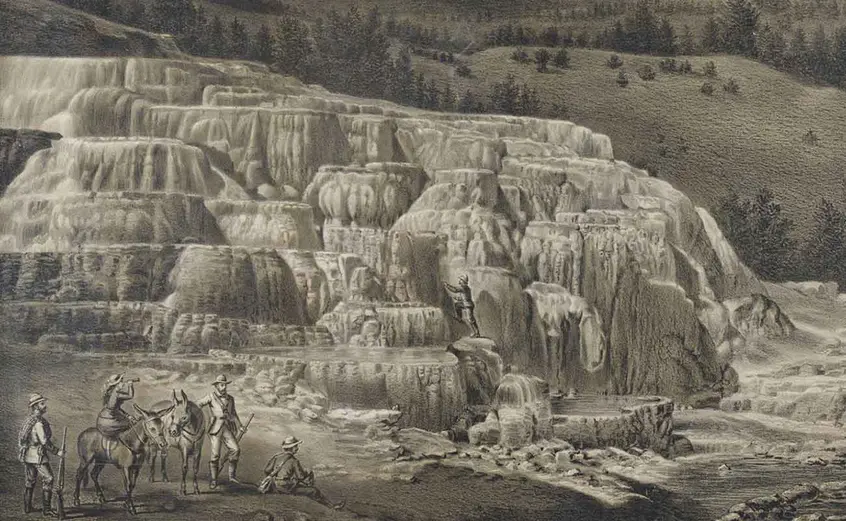
Story Time - Thank You, Earth
Activity 1: Write a Thank You Letter to the Earth
In Thank You, Earth, we read a thank you letter addressed to our beautiful planet and all the living things that share this home with us. It’s the only home we’ve got—there is no Planet B. Write down your ideas and compose your own thank you letter. Share your letter to the Earth with us at #TheHatHome.
Activity 2: Seed Bombs
Have you ever noticed empty spaces in your community where plants could grow? Places like empty parking lots, dirt patches on the side of the road, or even an empty space in your schoolyard can be great places to throw seed bombs. Seed bombs are dried dirt balls filled with seeds. Once those seeds grow into flowering plants their blooms can attract a range of pollinators, from butterflies to bees to hummingbirds. Growing plants in our communities is key to building healthy ecosystems in our towns and cities. Simply toss the seed bombs in a sunny spot in the soil, give them a little water and let nature do its thing!
Materials:
- Packets of wildflower seeds
- Air-dry clay
- Potting Mix
- Water
- Cookie sheet or tray for drying
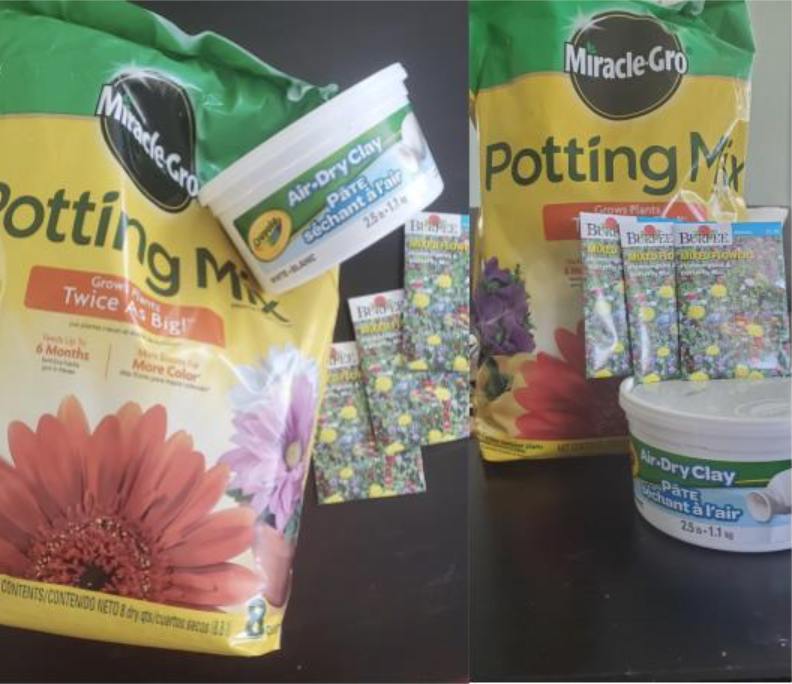
Step 1: Gather your materials.
Step 2: Find a flat surface to do this project, such as a table or countertop. If you are doing this project in a kitchen, the sink will come in handy for your clean-up.
Step 3: Fill two small bowls with potting mix, and one small bowl with water.
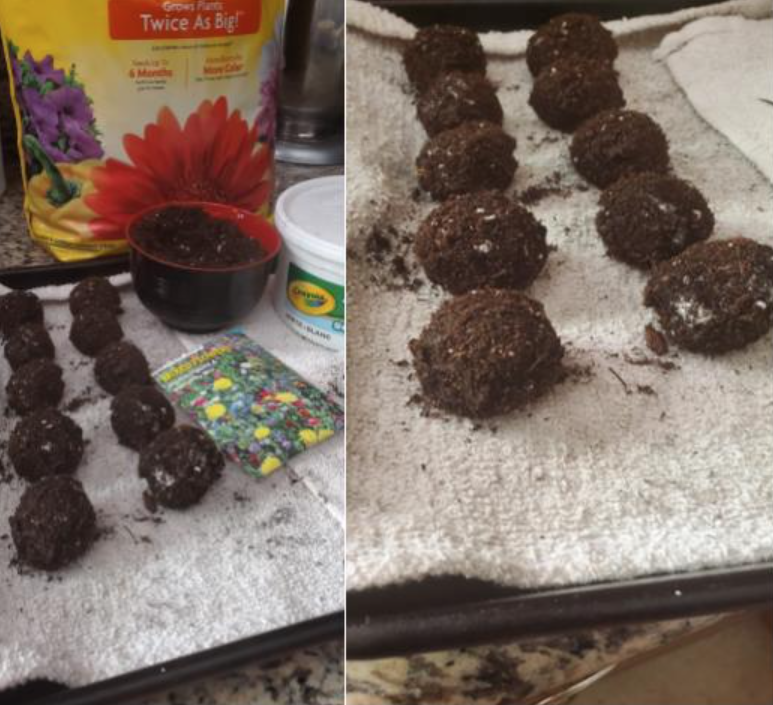
Step 4: Take a small chunk of air-dry clay and flatten it into a thin pancake-like shape.
Step 5: Sprinkle some of the potting mix from the first bowl onto the clay disk, sprinkle some wildflower seeds on top of the disk, add a few drops of water, and roll into a ball.
Step 6: While the clay ball is still wet, roll it in the second bowl of potting mix.
Step 7: Place on a flat tray or cookie sheet and leave in the sun to dry.
Activity 3: Plant-able Paper
This eco-friendly paper is great for writing thank you notes to our planet, sending a friend a hug by mail, or planting it near you and watching the beauty unfold. This project requires recyclable materials, wildflower seeds, water, and patience. "Plant-able" paper is fragile when it is first drying, so be sure to wait until it is completely dry before you use it and ask an adult for help if you need to.
Materials
- A packet of wildflower seeds
- Scraps of recycled paper bits
- Blender
- Hot water
- Flat tray or cookie sheet lined with a towel
- Strainer
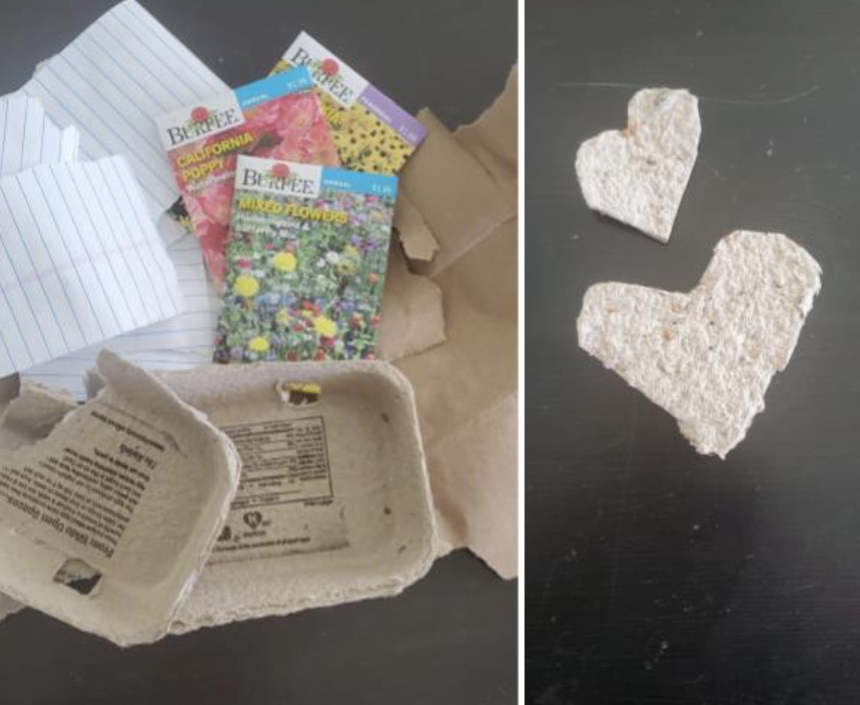
- Gather your materials. You can use any type of recyclable scraps of paper: old newspaper, scratch paper, old to-do lists, brown paper bags, egg cartons—any paper you have on hand will do.
- Find a flat surface, such as a table or a counter, and begin to tear your rescued paper into small pieces.
- Add paper scraps to a blender and cover with hot water. Let the paper and water sit for about 10–15 minutes.
- With the help of an adult, blend the paper and water into a pulp. It should look like wet oatmeal.
- Transfer pulp to a bowl and stir in your wildflower seeds.
- Dump the mixture into a paper towel-lined strainer to drain.
- Using the paper towel from the strainer, spread the seed pulp mixture onto a cookie sheet lined with a terry cloth towel and spread as evenly and as thinly as possible. Use the terry cloth towel to help flatten and press the mixture evenly out onto the tray. This will also help squeeze out excess water. Leave in a warm place to dry. Once one side is dried, flip over and allow the other side to dry. Be sure it is completely dry before you write your letters and thank you notes!
Activity 4: Jump into a National Park
One way to celebrate Earth Day is to get outside. If you are unable to get out to a park or go for a walk in your neighborhood, you can still enjoy the beauty and serenity of our national parks online. The Huntington Digital Library is home to many historical prints of national parks and other wilderness areas.
Find one that you like in our digitized collection and “jump into” it. What does it feel like to be there? What can you see? What can you hear? What can you taste? How do you feel? What do you want to do now that you’re there? Here are a few examples to get you started:
Compare the prints in the Jay T. Last Collection of Graphic Arts and Social History with tours of the same national parks that you can find online, such as Virtual Yosemite or virtual tours from the National Park Service. What new information were you able to learn? How has your opinion of the park changed or stayed the same? How do you feel when you "jump into" these wilderness spaces online?



